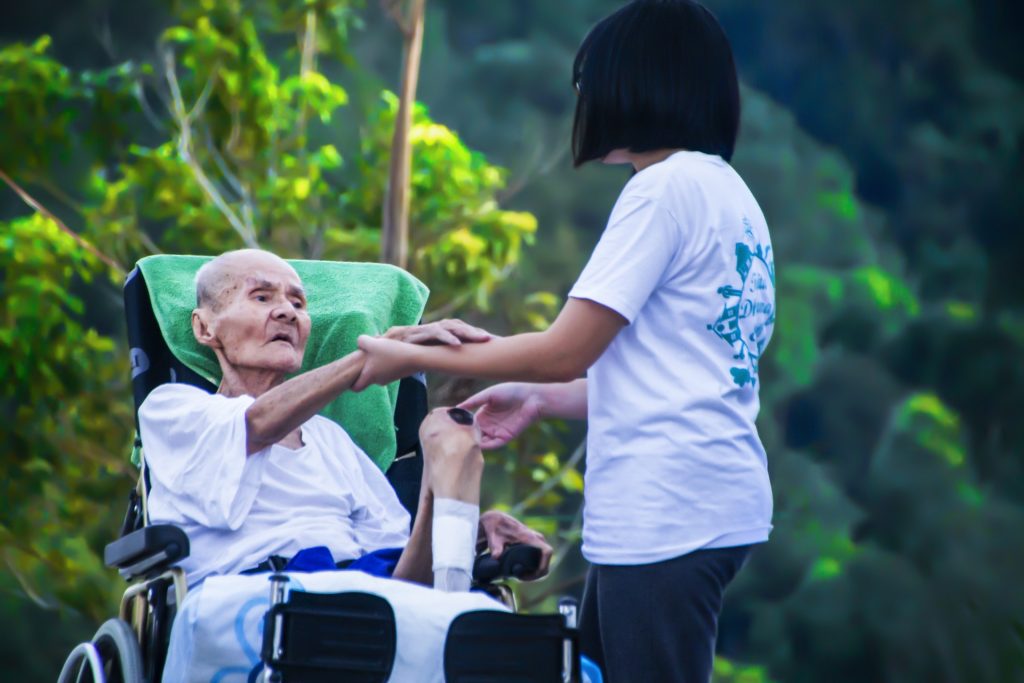Post herpetic Neuralgia
It refers to pain following an infection with Varicella Zoster Virus (VZV). No consensus has been reached on its definition but a reliable description may be a pain that persists for varying time duration after a healed Herpes Zoster (HZ) rash. The interval could also be from 4 weeks to six months. The pain distribution is dermatomal and described as a persistent sharp, burning, aching or shooting sensation within the area of the rash. Frequently there’s hyperalgesia and allodynia.
Pre disposing factors
Age & Sex: Elderly males suffer more
Severity of pain at presentation with Herpes Zoster infection
Presence and duration of pain, dysesthesia and allodynia within the prodrome to the rash
Increased levels of VZV DNA
Surgical interventions and mechanical trauma
Smoking
Depression and severity of HZ
Pathophysiology
Though not fully understood the mechanisms involved in PHN are believed to flow from to a multifactorial influence of peripheral and central sensitization, deafferentiation, neurogliacyte activation and protracted neuronal inflammation.
Prevention of PHN
Post herpetic neuralgia only follows infection with VZV. Specialise in prevention aims to guard against, reduce the severity and duration of the infection. Vaccination with a wild type VZV Oka strain was related to a decreased incidence of PHN in 66.5% of the old patients enrolled. Antiviral treatment (acyclovir, famclovir, valacyclovir) started within 72 hours after eruption of HZ vesicles has been shown to accelerate the healing process and possibly decrease the pain burden of PHN. Doubts however, are sew whether treatment with antiretroviral can reduce or prevent PHN.
Despite this, investigators still explore treatment options in medicine . A mixture of an antiviral Valacyclovir and gabapentin showed a reduced incidence of PHN at since months.
Treatment
As a results of the knowledge gap in fully understanding the precise pathophysiology of PHN, specific treatment is lacking. It’s hence common practice to use a multidisciplinary approach to managing its debilitating effects. This section however, only addresses pharmacological and interventions as options.
- Tricyclic antidepressants
Thought to scale back pain by blocking the re-uptake of serotonin and norepinephrine. Common side effects: sedation , postural hypotension, constipation, cognitive decline. QT prolongation in elderly and cardiac patients is of concern. Drugs: amitriptyline, nortriptyline and desipriamine.
2. Anticonvulsants
Reduce pain by acting as a membrane stabilizer, binding to the α2β subunit of the L-type calcium channel
Common side effects: drowsiness, dizziness, ataxia, mild peripheral edema, worsening of cognitive impairment within the elderly.
Drugs: Gabapentin, Pregabalin and Oxycarbazepine.
3. Opioids
Exert analgesic effects by working on opioid receptors involved in pain modulation.
Tramadol may be a weak opioid with a dual mechanism. It acts by activating μ-opioid receptors and decreasing reuptake of norepinephrine and serotonin.
Common side effects: sedation, constipation , pruritis, nausea, vomiting, postural hypotension . Tramadol is exclusive because it increases the danger of serotonin syndrome in patients taking TCAs, Selective serotonin reuptake inhibitors and mono amine oxidase inhibitors.
Drugs: Oxycodone, Morphine, Tramadol
4. Topical Local Anesthetics
5% Lidocaine patch
Inhibits neuronal sodium channels
Common side effects: skin irritation at application site
5. 0.075%, 8% Capsaicin (cream/patch)
Initially excites nociceptive afferents then desensitizes unmyelinated epidermal nerve fibers.
Common side effects: local irritation, burning sensation
Interventions
Though it seems the advantage of treating PHN with interventions is justified, there’s inadequate evidence to support its use. Efficacious studies that might be considered cost effective and with minimal side effects are limited to interlaminar injections with or without steroid; Paravertebral injections and selective sympathetic nerve blocks.

